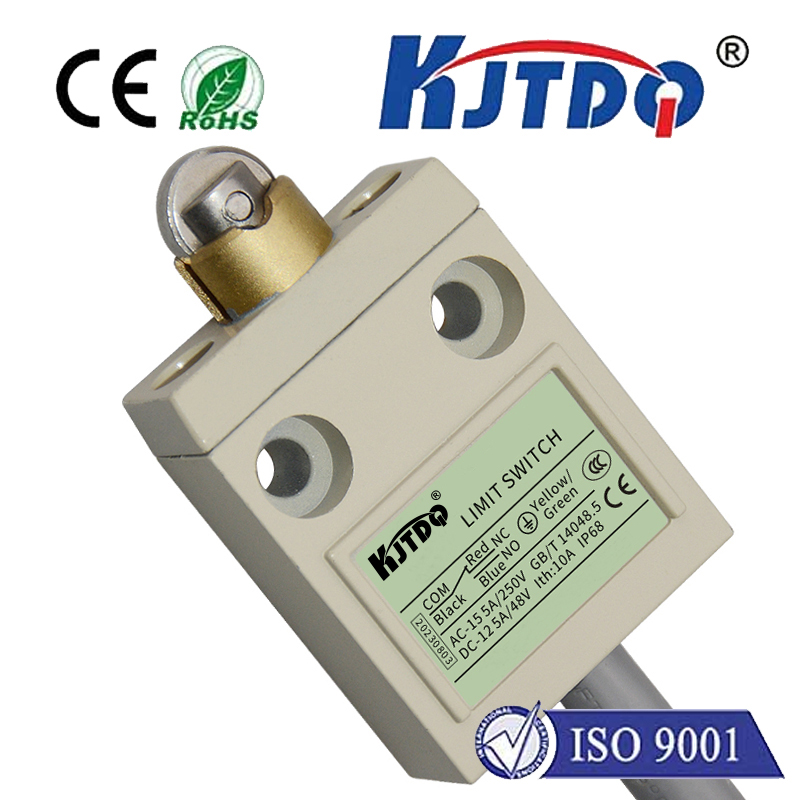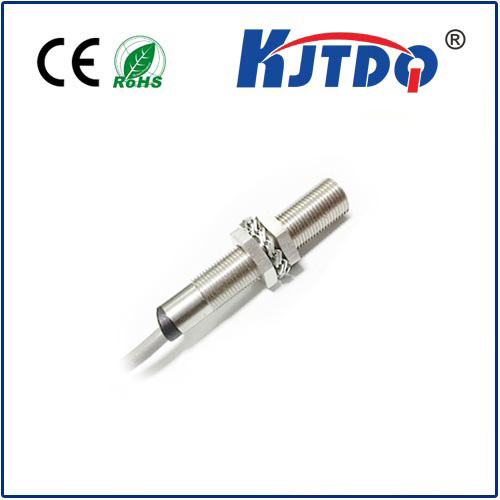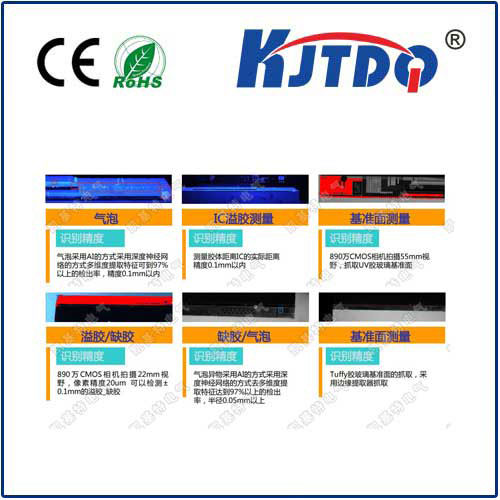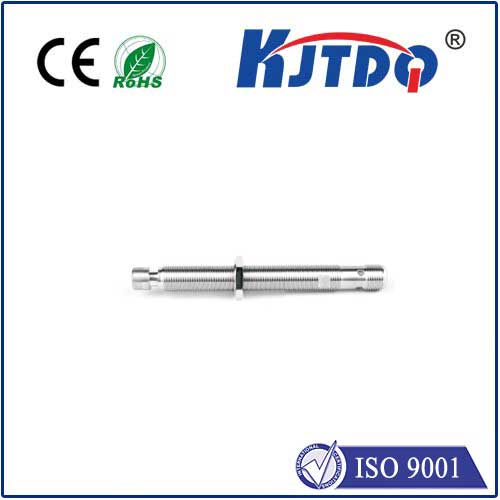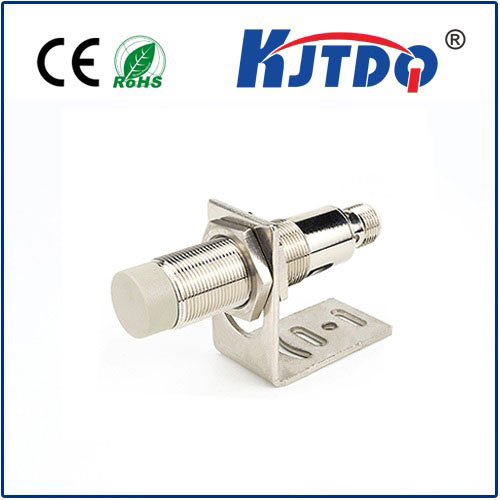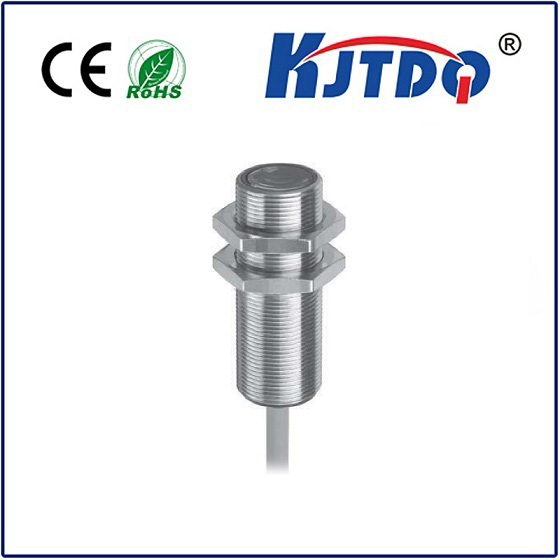
check

check

check

check
Introduction
The integration of technology has transformed various industries, enhancing efficiency, accuracy, and productivity. One such groundbreaking innovation is the inductive ring sensor, which has revolutionized the way we collect and interpret data. With its ability to detect and measure various physical phenomena, an inductive ring sensor has become a vital tool for many industries. This article explores the impact of inductive ring sensors on different sectors and their potential to drive further advancements.
In Industrial Manufacturing
In industrial manufacturing, inductive ring sensors play a crucial role in monitoring machinery performance, reducing downtime, and ensuring optimal production levels. By detecting vibration, temperature, and other parameters, these sensors provide valuable insights into machine behavior, allowing manufacturers to make timely adjustments and prevent costly failures. Additionally, inductive ring sensors can improve safety in hazardous environments by alerting operators to potential hazards or equipment malfunctions. As the demand for precision and automation continues to grow, the use of inductive ring sensors in industrial settings will likely become even more widespread.
In Automotive Industry
The automotive industry relies heavily on sensors for safety, performance, and fuel efficiency. Inductive ring sensors are increasingly being used to monitor various aspects of vehicle operation, including engine performance, tire pressure, and steering system behavior. By providing real-time data on these critical systems, inductive ring sensors help drivers maintain optimal vehicle performance and ensure safe driving conditions. Furthermore, as autonomous vehicles become more prevalent, the use of inductive ring sensors will become even more crucial for accurate navigation and obstacle detection.
In Healthcare
In the healthcare sector, inductive ring sensors are being utilized for a variety of applications, including patient monitoring, medical devices tracking, and environmental sensing. These sensors can accurately detect changes in patient vital signs, enabling early warning signs of complications or potential health issues. Additionally, inductive ring sensors can be integrated into medical devices such as stents or pacemakers, allowing for improved tracking and maintenance. Environmental sensing using inductive ring sensors can also be useful in hospitals to monitor air quality and reduce the risk of infections. As healthcare continues to evolve with the adoption of new technologies, the use of inductive ring sensors will likely expand to support innovative solutions.
Conclusion
Inductive ring sensors have proven to be transformative tools in numerous industries due to their versatile functionality and ability to collect vast amounts of data in real-time. From industrial manufacturing to healthcare, these sensors are driving innovation by providing valuable insights into operational performance and supporting safe and efficient operations. As the demand for advanced sensor technology continues to grow, it is evident that inductive ring sensors will play an increasingly significant role in shaping the future of various industries worldwide.
